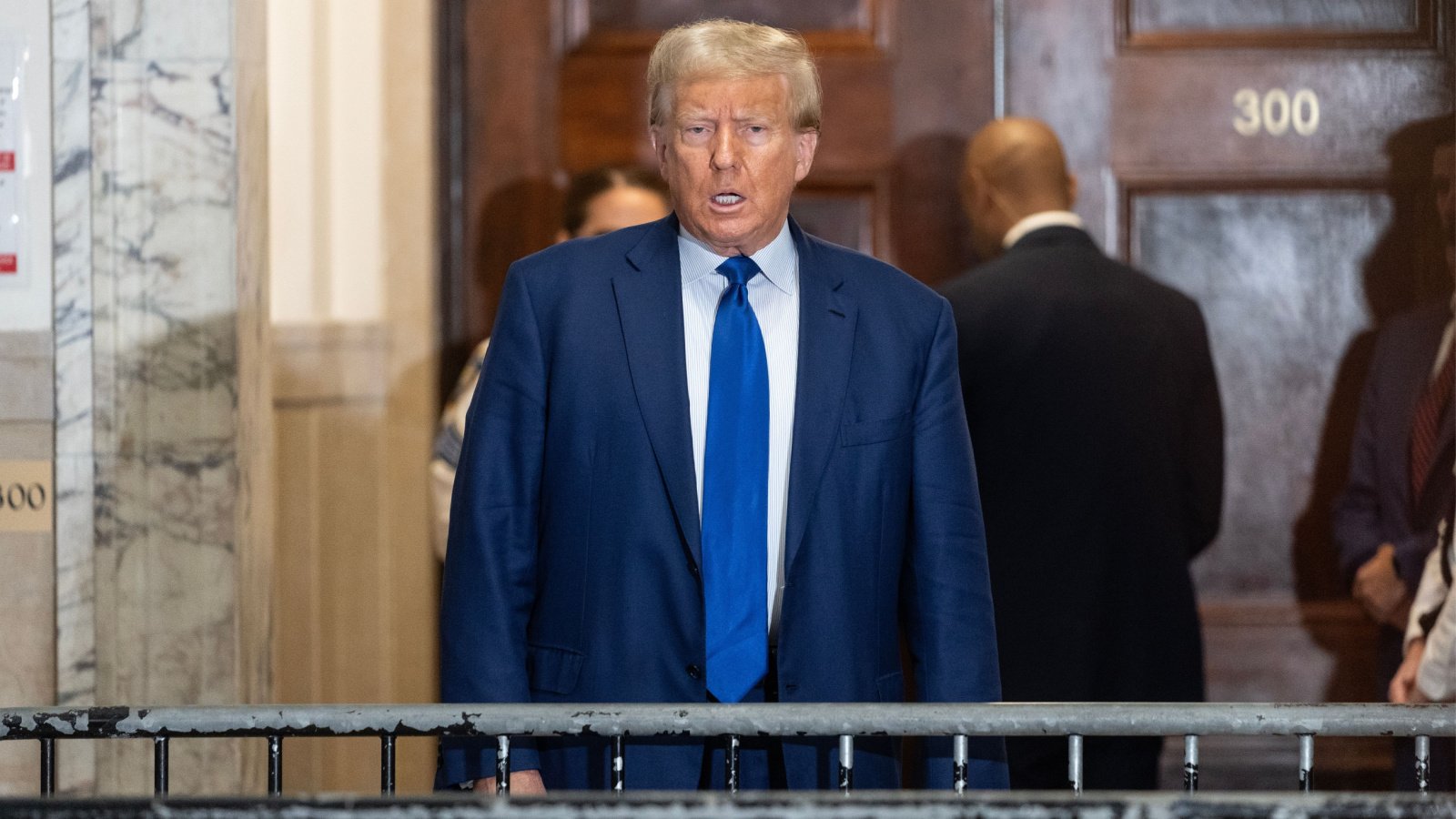Senate Minority Leader Mitch McConnell’s stunning announcement that he will step down as the Senate GOP leader in November has set the stage for a closely watched succession race. McConnell has helmed the Senate Republican party for nearly 20 years, and new leadership could either provide continuity to the institutionalized civility of the Senate or steer the course more toward the mutinous populist leanings of the House, who ousted their leader last year. Several likely successors include elderly Senators all named “John:” Senator John Thune of South Dakota, 63, Senator John Cornyn of Texas, 72, and Senator John Barrasso of Wyoming, 71.
Age as Factor in Selecting McConnell Successor
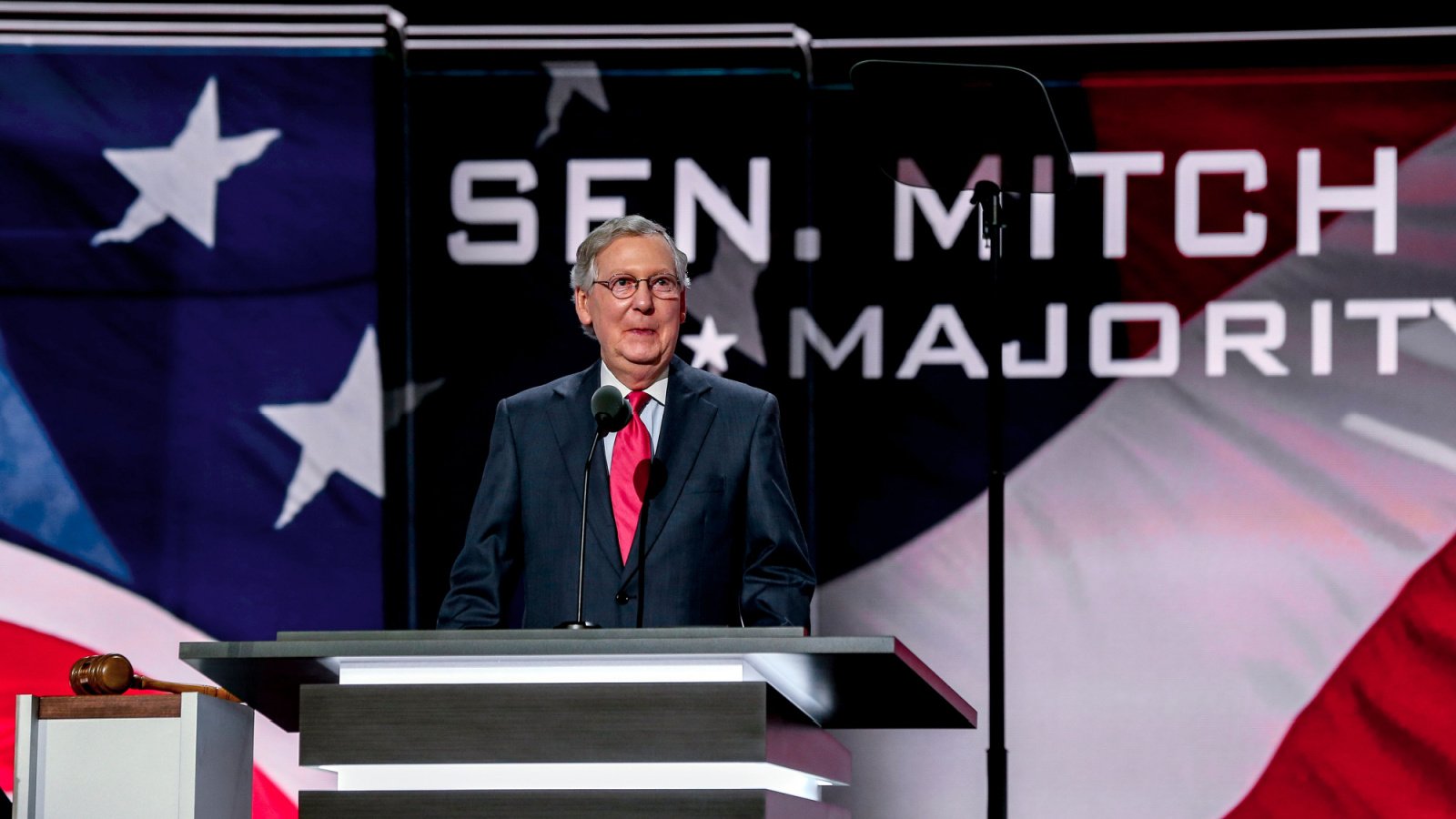
The latter two, based on their age alone, are unlikely to have as long a tenure or legacy as McConnell. At this time, no more youthful members of the Senate GOP Conference have yet tossed their hats into the ring, although selecting a younger member the Conference could agree on would be a strategic choice in the wake of McConnell’s long legacy. McConnell will continue to serve as Kentucky’s Senior Senator through at least 2027, and can shepherd a younger leader through the transition into the next Presidential Administration.
Race to Replace McConnell Underway Behind the Scenes
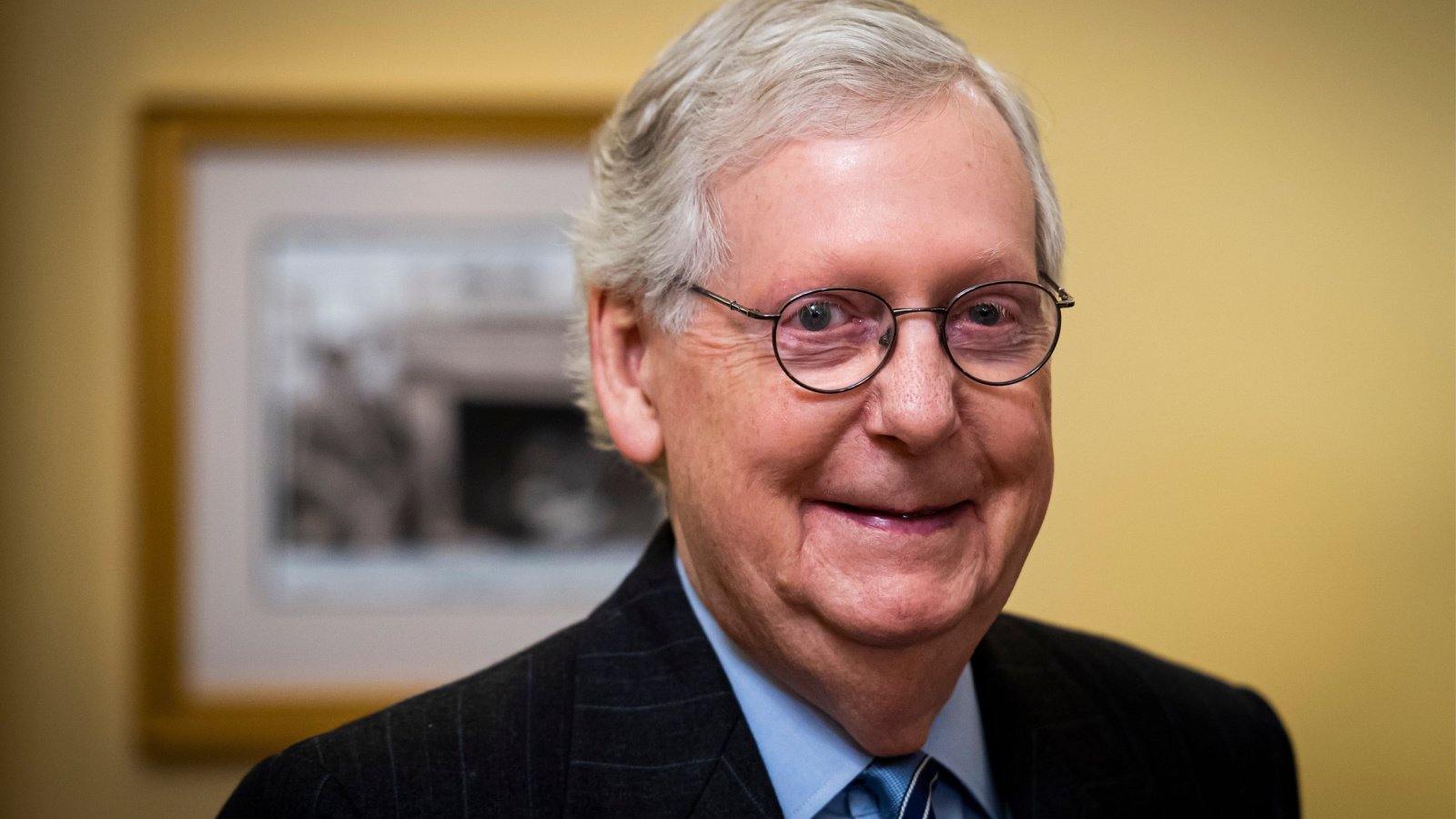
The contest, so far conducted behind the scenes, involves several high-profile senators vying for the influential position. This development marks a significant moment in Republican Party politics, as contenders prepare to step into McConnell’s sizable shoes.
The Contenders Emerge
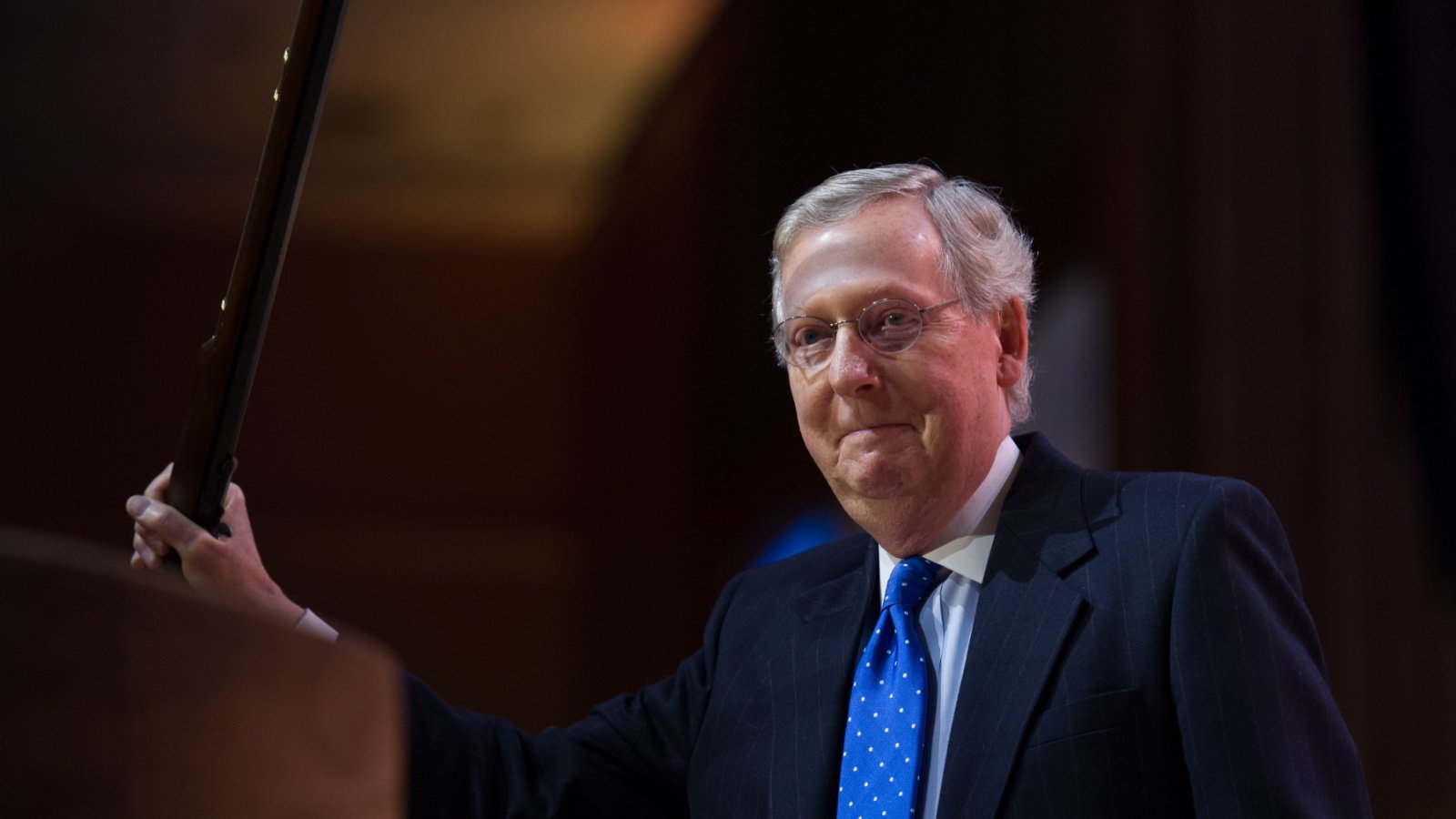
Among the potential successors, three individuals stand out, informally dubbed the “Three Johns.” They are John Thune of South Dakota, John Cornyn of Texas, and John Barrasso of Wyoming. Each brings a unique set of skills and political philosophies to the table, reflecting the diversity within the party. Their approaches to leadership and policy could significantly shape the GOP’s future direction.
The Race Heats Up
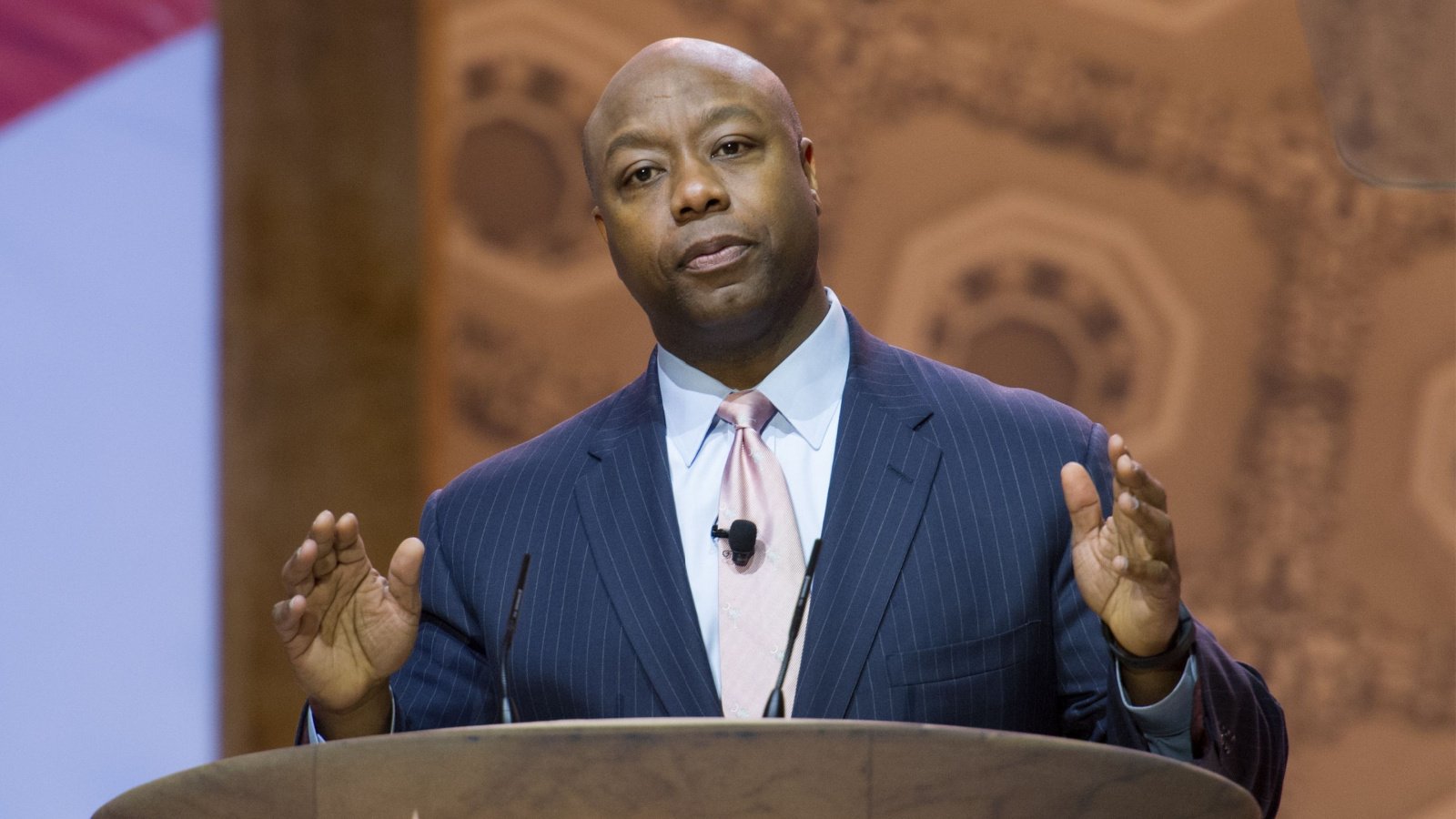
Senator Josh Hawley, an outspoken critic of McConnell, has noted the intense interest in the leadership position, predicting a vigorous and competitive race. Despite the high stakes, many GOP senators, including Tim Scott, remain non-committal as to who they will support or who else might be entering the ring, highlighting the race’s unpredictable nature.
A Closer Look at the Candidates
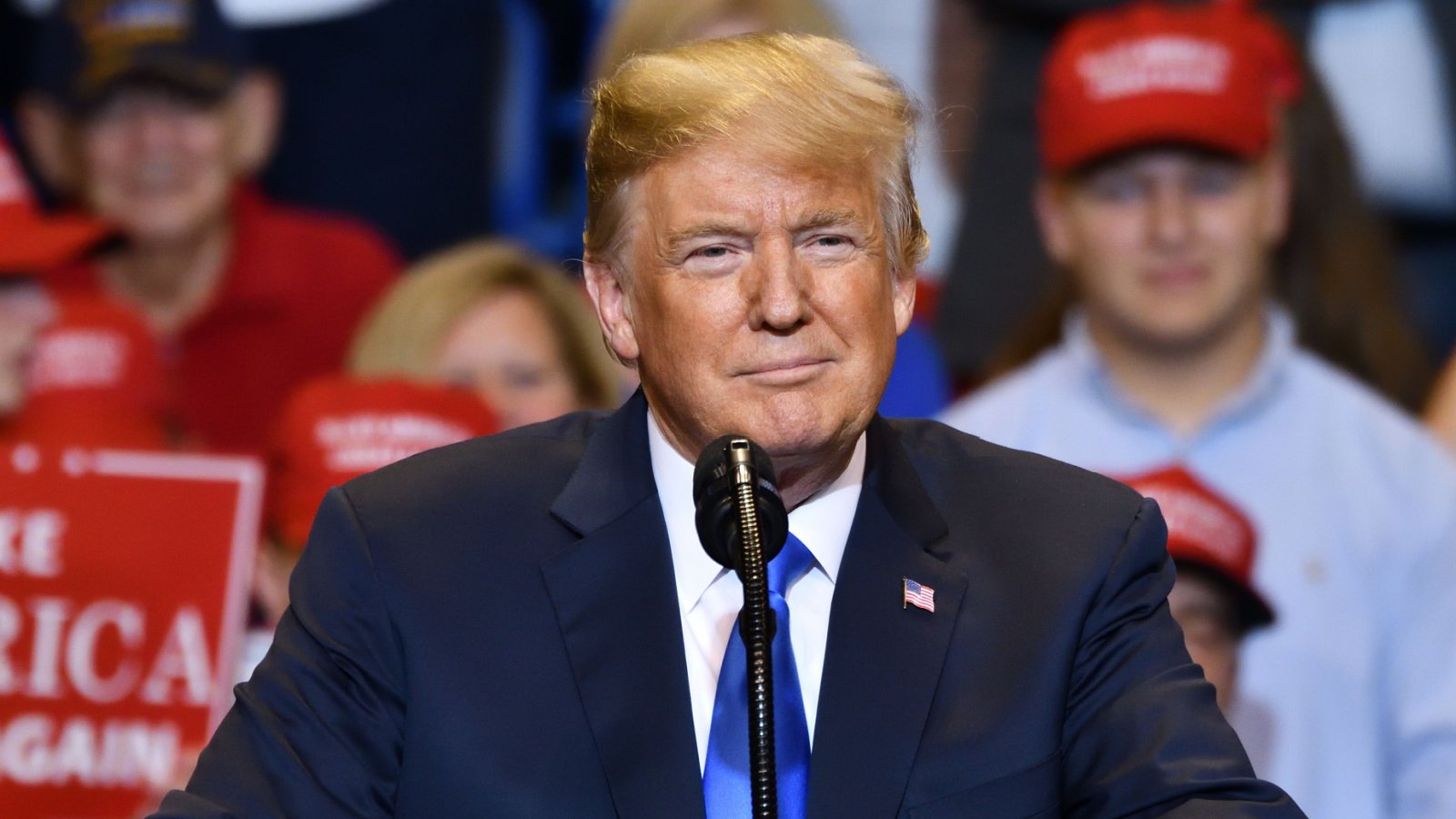
John Thune, known for his low-key and personable style, had considered retiring but chose to remain in the Senate. His decision was partly influenced by the opportunity to lead, despite previous tensions with Donald Trump. Thune’s political maneuvers, including his stance on Trump, demonstrate his strategic approach to leadership.
John Cornyn’s Seasoned Approach

John Cornyn combines approachability with a more assertive political style. His extensive experience in Senate leadership roles and his willingness to engage in bipartisan deals, such as gun safety legislation, showcase his pragmatic approach to governance. This willingness to compromise may hurt just as much as it may help his chances, depending on the persuasion of his Senate colleagues as the dust clears after the November election, and depending on which party secures the majority in the House and Senate.
John Barrasso’s Conservative Commitment

John Barrasso, potentially the most conservative among the “Three Johns,” has yet to officially declare his candidacy. However, his role as the GOP Conference Chair and his endorsements from Trump signal his alignment with the party’s conservative wing.
The Wild Cards
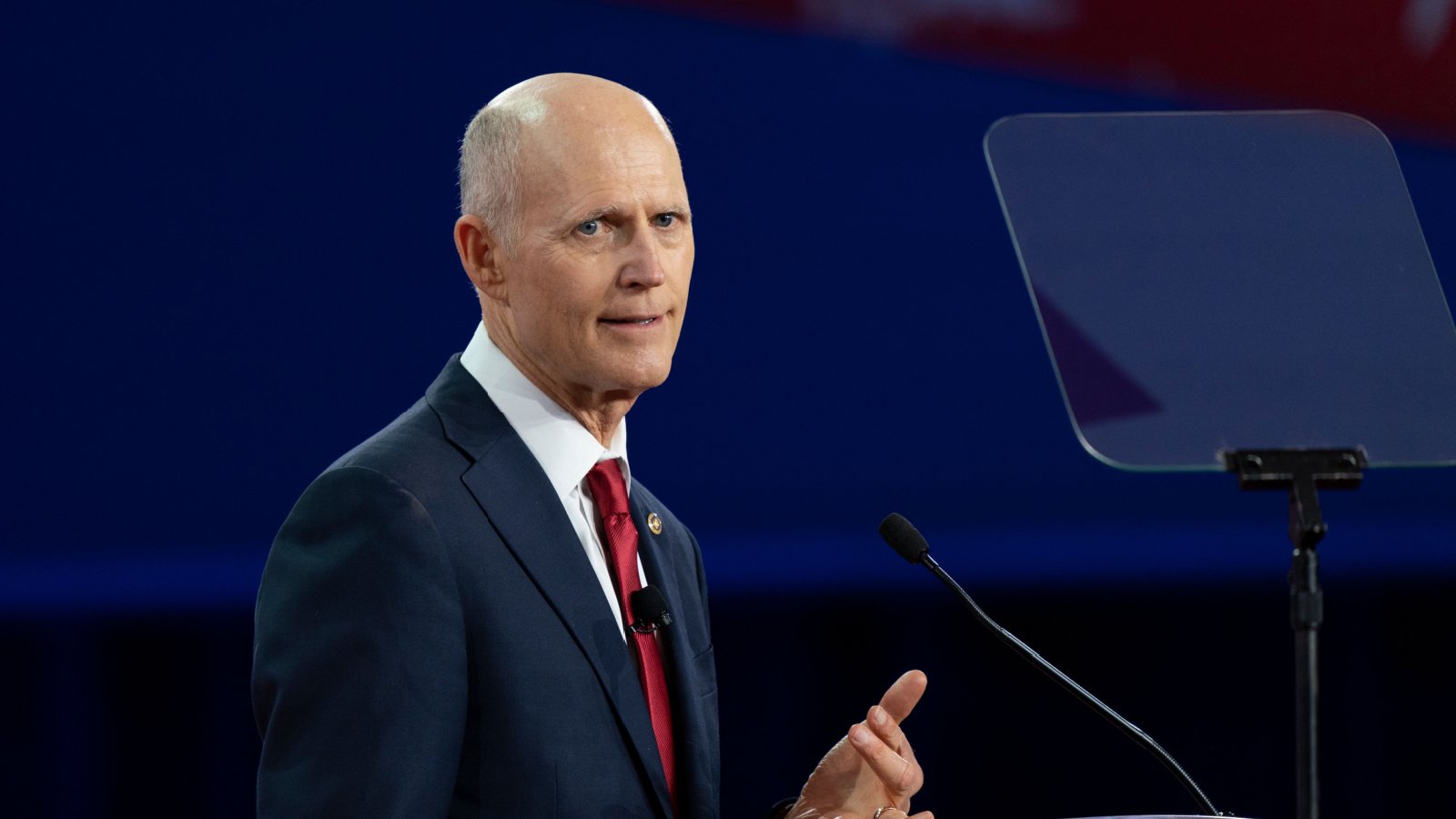
Beyond the “Three Johns,” other senators like Rick Scott and J.D. Vance hint at a broader field of candidates, potentially expanding the race. Scott, in particular, after a significant defeat in a previous leadership bid, remains a figure of interest, suggesting a dynamic and evolving contest.
The Significance of Leadership

The succession race is not just about filling McConnell’s position; it’s about setting the GOP’s future course. As candidates emerge and strategies unfold, the party faces a critical juncture. The chosen leader will significantly influence the Republicans’ direction, strategies, and priorities, making this race a pivotal moment in contemporary American politics.
The Challenges Ahead
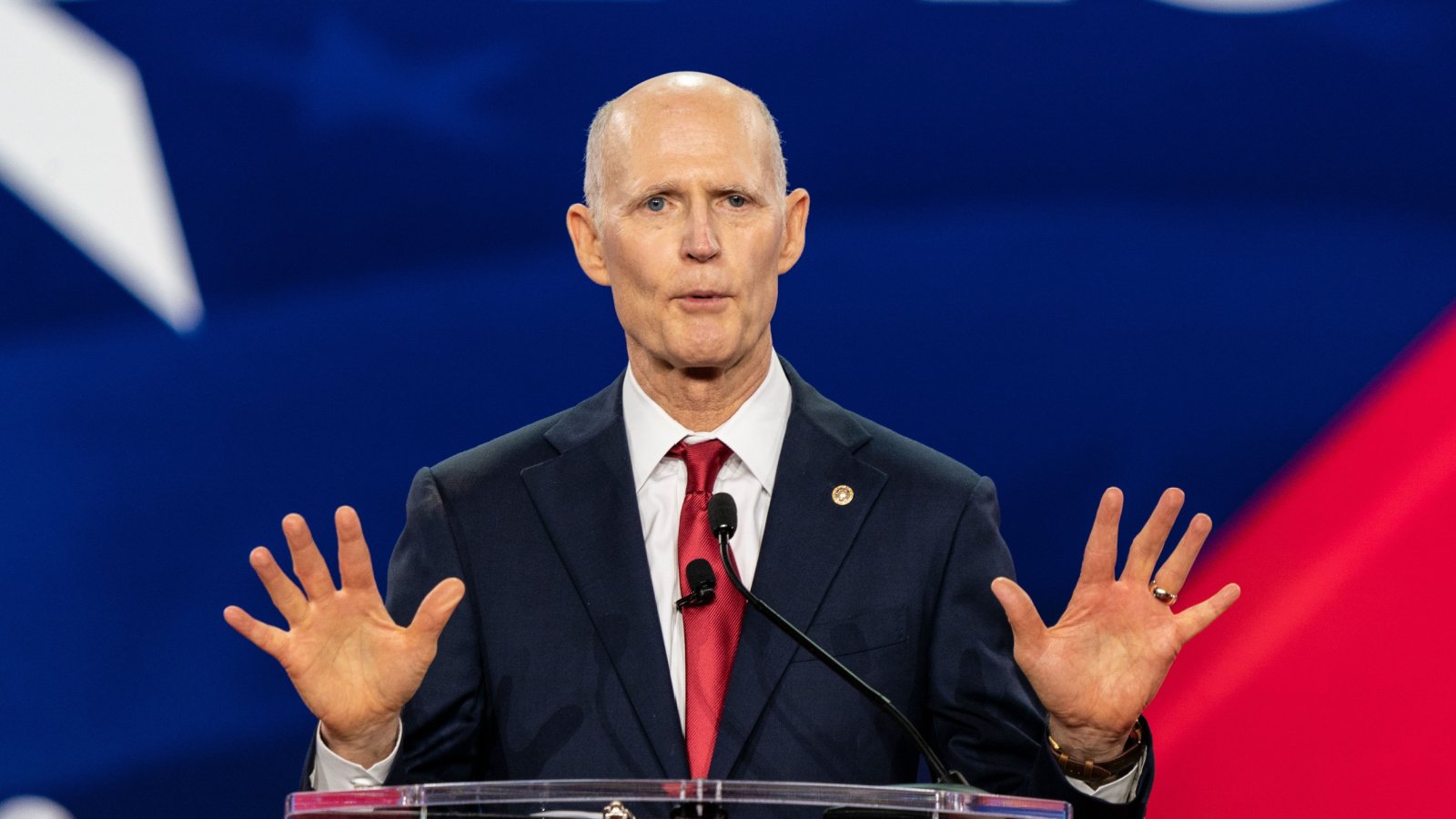
The new leader will inherit a complex political landscape, including navigating internal party dynamics, the 2024 presidential election, and legislative challenges. How they approach these issues will be crucial for the GOP’s success and cohesion.
A Focus on Policy and Strategy

Each candidate’s policy positions and leadership style will come under scrutiny as the race progresses. From handling bipartisan negotiations to managing intra-party disputes, their strategies will be pivotal in rallying the GOP senators and shaping the legislative agenda.
The Impact on the GOP’s Future
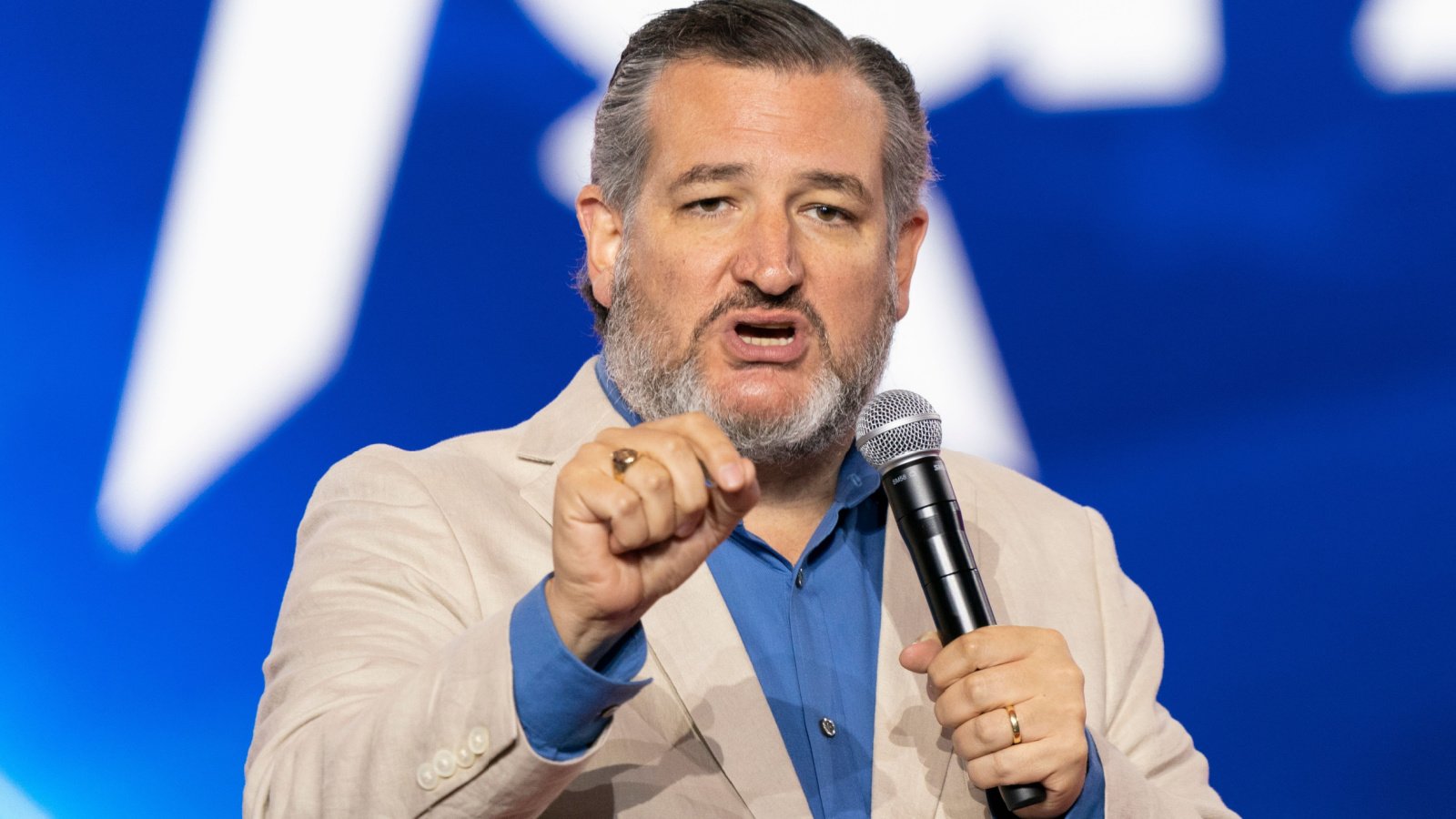
The outcome of this leadership race will have long-lasting implications for the Republican Party. It will influence its ideological direction, its approach to governance, and its strategies for upcoming elections. As such, the decision will be closely watched by both supporters and critics alike.
Preparing for the Transition

As McConnell prepares to step down, the focus shifts to ensuring a smooth transition. The next leader will need to build consensus, foster unity, and prepare the party for the challenges ahead. This period will be critical for setting the tone and direction under new leadership.
Conclusion: A Pivotal Moment for the GOP

The race to succeed Mitch McConnell as the Senate GOP leader represents a crucial turning point for the Republican Party. As potential candidates jockey for position, the party stands at a crossroads, with the choice of leader shaping its future trajectory. The coming months will reveal much about the GOP’s direction, priorities, and readiness to tackle the challenges of a rapidly changing political landscape.






